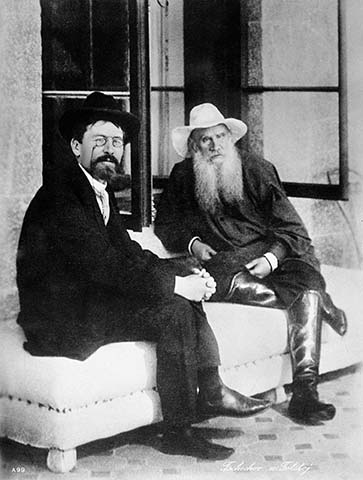Around 60 participants tuned in on March 4 to enjoy a Zoom performance of Anton Chekhov’s 1904 play The Cherry Orchard as part of the Read Now series. Read Now is an initiative set up by the Foundation Year Program (FYP) to keep FYP students engaged and connected to the King’s community during the pandemic. Professors, alumni, and students come together to perform a live reading of a FYP text the night before the lecture.
Dr. Roberta Barker, associate professor of theatre at Dalhousie, organized this installment of Read Now. The cast included notable alumni such as the MLA for Dartmouth North, Susan Leblanc Crawford, fourth-floor Don of Alex Hall Allison Graham, FYP Director Dr. Neil Robertson, and many more members of the King’s/Dal theatre community.
The Cherry Orchard follows the story of a middle-aged Russian aristocrat who has returned to her childhood home just before her family intends to sell it to pay off the mortgage. The family’s wealth is diminishing because the cherry orchard on their property has not wielded profit for decades, and the recipe for their delicious jam has been lost to time. The story captures a sense of seasonal and generational change that communicates the theme of displacement and movement in early 1900s Russia as the country shifts its political and social norms.

Photograph of Anton Chekhov (l) and Leo Tolstoy (r) in Yalta, Russia.
In order to limit technical difficulties, any character who was not present in a scene, and all audience members, were asked to turn their cameras off. This also helped to create the illusion that the cast was physically interacting with one another. The emotive performers managed to connect with each other and the audience despite the online platform. They used props to create a sense of cohesiveness to the virtual production, as one character “passed” another a letter, the receiver mimed reaching for it only to rip real paper on their end of the call. Actors also held up stuffed animals to mimic dogs, and used sound effects to make it seem like they were physically interacting with each other—when one character “fell,” another dropped marbles to create the effect.
After acts one and two, there was a ten-minute intermission. During the break, audience members requested that Robertson perform the first eight minutes of Lin-Manuel Miranda’s Hamilton, though Robertson protested that he was not familiar with the musical. Instead, spectators and performers turned on their cameras to show everyone their pet cats until the show resumed.
Acts three and four were just as engaging as the first half, as the characters became more familiar to each other and the virtual platform seemed to hinder their performance less and less. During more romantic or intimate scenes, actors would each stare into their cameras to make it seem like they were staring deeply into each other’s eyes. Overall, the story of The Cherry Tree seemed to remind the audience of what is possible when we connect with each other in these difficult times. This was perhaps an especially important message for the FYP students watching, as they move on to Section VI to explore our ever-changing contemporary world.
Banner Image: Scene from The Cherry Orchard, Moscow Art Theater, 1904.

